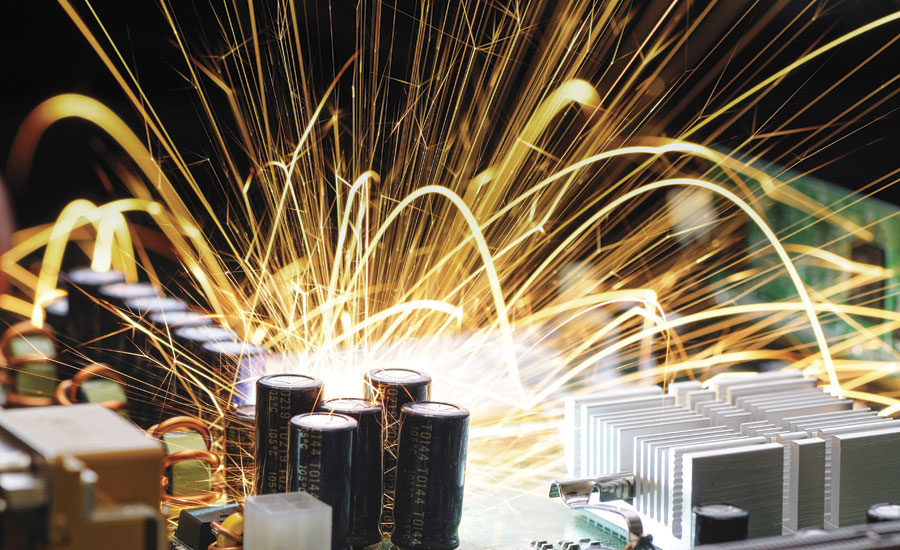
Tips and technical advice from Kevin Jozefowicz, Strateres Inside Sales and Support
When placing electronics in your client’s home spend some time thinking of the best way to keep their new purchase running cool. Reducing operating temperatures through thoughtful placement, proper ventilation, use of fans etc. can dramatically extend the life of electronic components.
Although the exact amount by which electronic components fail faster due to heat will vary depending on the type of component and the operating temperature, a general rule of thumb is that every 10 degrees Celsius (18 degrees Fahrenheit) increase in temperature can halve the lifespan of the component.
For example, a component that has a lifespan of 10,000 hours at 25 degrees Celsius (77 degrees Fahrenheit) would have a lifespan of only 5,000 hours at 35 degrees Celsius (95 degrees Fahrenheit).
The following are some of the specific mechanisms by which heat can cause electronic components to fail:
- Electromigration: This is the process by which atoms are moved around by the flow of electricity. When the temperature increases, the rate of electromigration increases, which can lead to the formation of shorts or opens in the components.
- Thermal fatigue: This is the process by which materials are damaged by repeated heating and cooling. When the temperature of a component increases, it expands. When the temperature decreases, it contracts. This repeated expansion and contraction can cause the materials to break down and fail.
- Corrosion: This is the process by which materials are damaged by chemical reactions. When the temperature increases, the rate of corrosion increases. This can lead to the formation of pits or cracks in the components, which can lead to failure.
By taking steps to keep electronic components cool, you can help extend their lifespan and prevent them from failing prematurely. Maybe a hot garage isn’t the best place for that router?
